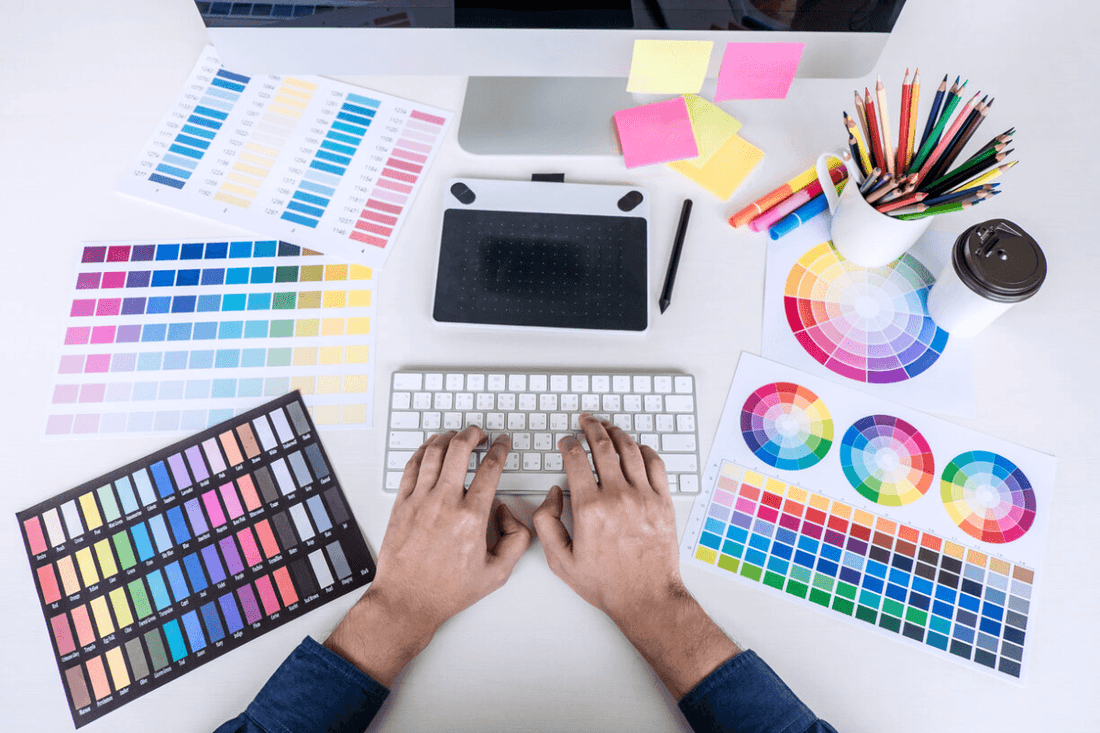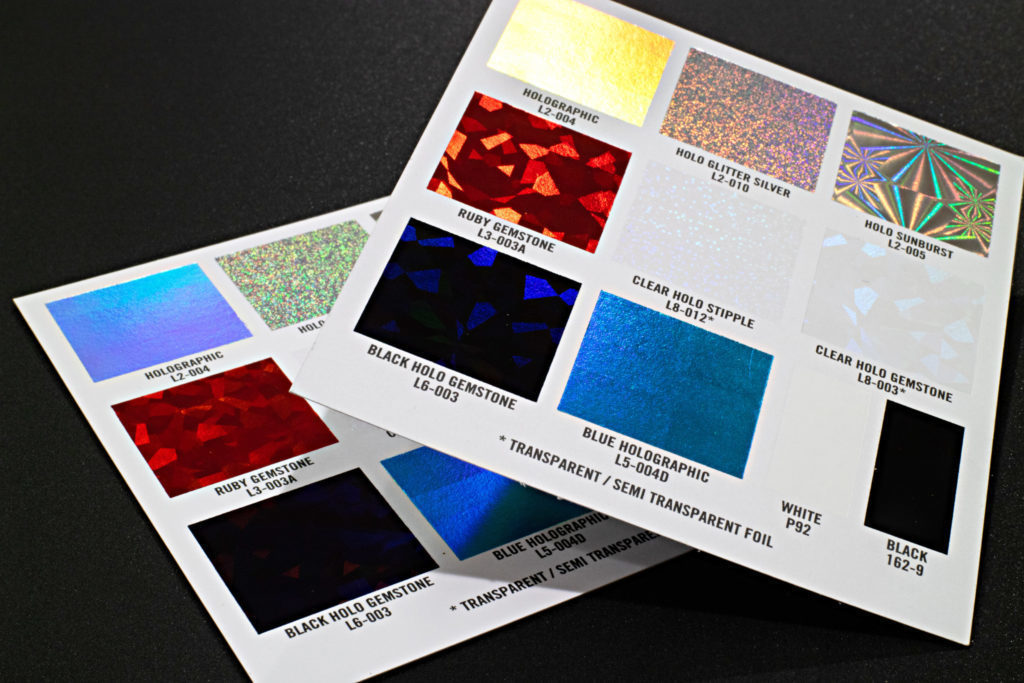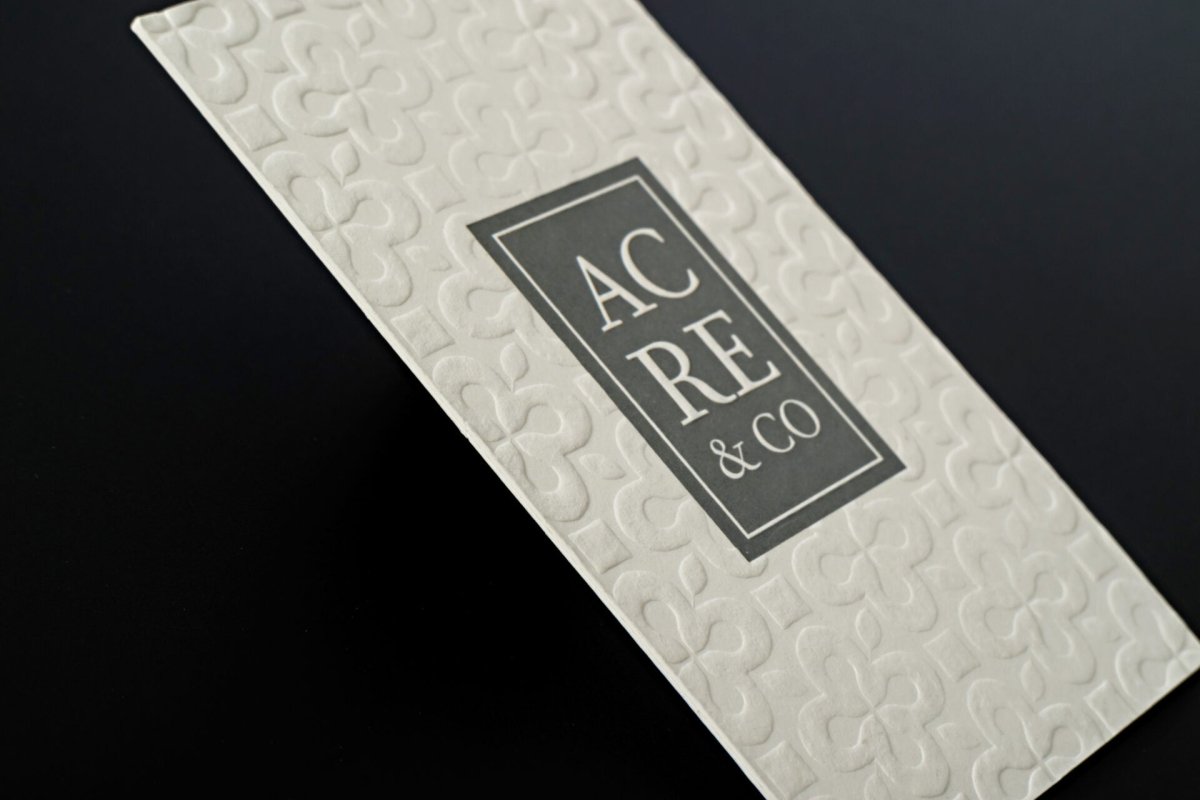
Become a professional graphic designer – the roadmap to follow
adminShare
Modern graphic design is more than just drawing with different software tools. It is creating new images of shapes, lines, colors, and words to express ideas. You will find such creations anywhere, as visual images surrender us to deliver the information and evoke emotions. As the visual perception of the world is the most essential for most people, graphic designers can never be idle. They create visuals of the world we live in.
Speaking more down-to-earth, graphic design is an excellent field for career building. Despite reducing some areas of graphical design (mostly because the print industry has declined), the growth is rapid in digital segments. The look and performance of applications and websites, improving user experience, and many other areas all depend on graphic designers. If you consider your future career in this field, it is an excellent choice.
Those who study graphic design in colleges get the most fundamental knowledge on the matter. Even though college involves countless irrelevant and draining writing tasks, you can turn for the do my essay now service to a reliable academic assistance company. But what if you won't have a dedicated professional education? You can still become a graphic designer, studying independently.
Types of graphic designers
Graphic designers work under several models – in-house, agency, or freelance. All models have their pros and cons. Besides, many specialists had working experiences under each of them. If you are planning your career in graphic design, consider these different work approaches to decide which of them will suit you best of all.
In-House
In-house graphic designers work for some established brands and cover various jobs. It includes designing the logo and other brand elements, marketing campaigns, product appearance, official document templates, and all kinds of designing jobs the company may require.
A big plus of this model is stability with a regular schedule, granted salary, and career promotion opportunities. Also,
this model sets specific requirements. You must understand the company's mission, its distinguishing features, and target
audience. It depends on those in-house graphic designers how the company will present its products or services to the
users. Designers have long-term goals on creating and improving the visual strategy continually.

Agency
Graphic design agencies offer designing services to outside clients. These customers can be both established companies with their own designers and smaller brands, especially newcomers on the market. They all seek new ideas and high-quality visuals to promote their brands. It is the primary reason why they hire graphic design experts with a fresh eye.

Agencies usually work as teams involving several specialists. Unlike the in-house model, where the company's designers often have to be "Jacks-of-all-trades," the agency team members often specialize in different areas of expertise. The team approach makes their work effective and delivers better results. Agencies offer exclusive opportunities to learn from the most established professionals. However, this model might not be as stable as in-house, as your schedule depends on customers.
Freelance
The self-employed model offers the highest level of flexibility and freedom. You are the one who decides how many projects you accept, how much you charge, and how you build your schedule. You run and control your business. This model allows you to gain all-around professional experience in different design areas working on various projects and communicating with customers.

The freelance model boosts your creativity and stimulates you for constant self-improvement efforts. Any freelance specialist, including those who write an essay for you, have to work according to the same pattern, improving personal qualification and constantly searching for new customers. As a freelance graphic designer, you are competing with other artists every minute.
The drawback of this model is being far from the stable work. Besides, you have to promote your brand, search for new customers, communicate with them, and perform all the administrative duties (or hire someone to do these tasks for you). If it does not scare you, freelance can be an exciting opportunity for specialists of any level.
What you need to become a professional graphic designer
If you consider this career, most likely, you already have some background. Maybe, you are an amateur artist who enjoys drawing for fun. You might already have devoted fans and a personal brand. In any case, if graphic design attracts you, it is worth becoming your profession. Of course, it requires time and many steps to complete.
Choose the suitable area
Versatile, all-around artists who are equally qualified in many design areas are highly valued. However, specialists who excel in specialized fields are in high demand too. When you have an assignment of writing an essay, you'll start by examining the essentials. When you consider becoming a graphic designer, it's better to consider which area you'll target. It does not mean you must choose one specialization only, but think of where you may prevail.

Knowing what attracts you most helps you focus on the right area. Then, you can accomplish your goals better and establish your brand faster. Quite often, customers and employers seek specific qualifications. The best specialist in the particular area will outperform any competitors.
There is one more essential aspect. Specialization determines your investments. You know which skills you must obtain and polish, which tools you’ll master, and which additional knowledge you’ll require.
Study your area in-depth
The more you know and can in your chosen area, the more powerful your personal brand is. In any case, you need to obtain profound expertise and skills.
The most effective way is getting professional education and training. If you study independently, there are plenty of online courses available. The weightiest advantage of this model is focusing on the relevant information only. You won't need to write hundreds of papers or look for help writing an essay on some topic of no importance. Professional courses let you learn the design fundamentals, get familiar with other specialists in that area, and develop your network.

The best thing that professional courses bring you is building a strong theoretical and practical background. You can go on from it, experiment, and find your individual style to create a personal brand. Still, fundamental knowledge and polished traditional techniques are critical for any graphic designer.
In addition, consider related subjects. For instance, you target the web design area. It would be helpful to explore the User Experience principles and get familiar with the professional tools and templates used there.
Master professional tools
At the current stage, most graphic design is done by dedicated software. If you refer to the vacancies’ descriptions, you’ll see that employers also require mastery of the professional tools. First of all, it is Adobe Creative Suite. The products included in that package compile the complete graphic design environment. An absolute majority of design tasks are performed with these tools.

Decent graphic design courses cover working with the Adobe Creative Suite. Also, due to the popularity of these products, there are lots of manuals and tutorials for independent learning. In any case, you must work with these tools professionally to become a competent graphic designer. You may also study dedicated products if you target web design or UX design. Additional knowledge and skills increase your value and help you outplay competition.
Create a portfolio
The field of graphical design allows you to showcase yourself immediately. Potential employers and customers want examples of your work to evaluate the professional level. By presenting an excellent portfolio, even a newcomer can compensate for the lack of professional experience.
It is essential to organize the portfolio. All the images must be of the highest quality. Use the digital systems with folders and subfolders, add notes to describe this or that project. Make sure that the user can navigate through the portfolio, and name the files to help your potential customers handle the images and projects.

The first impression of your professionalism comes from your portfolio. It often determines whether you get that task or job offer. So, demonstrate your skills at once and also illustrate your self-organization abilities – it will be crucial too.
Practice much and gain experience
In the profession of graphic designer, practice is the cornerstone. You must train and polish your skills continually and master different genres. Launch some "pet projects" like making a book cover, drawing illustrations, making movie posters, designing a logo or an ad banner for some existing or imaginative brand. Learn new design trends and try your skills in them at once, improving the technique with regular exercises.
A good option is an internship. You can become an intern in a graphic design agency. This opportunity would let you learn from top-class designers. In addition, you will understand how such agencies function, what customers may require, and how you should treat the job. It helps you develop a professional attitude.
Volunteering is another excellent opportunity. You can cooperate with local organizations or brands and help them get noticed with your efforts. For you, it brings several priceless benefits. You include practical projects in your portfolio. Then, you get practical feedback about your work and see what is successful or needs reworking. Finally, it is gaining professional experience.
Build your network
We already mentioned the importance of networking. It does not matter which working model you stick to because networking skills are the most demanded in any field. Get acquainted and keep in touch with other experts in graphic design. They can recommend you to customers or employers. Also, you can learn about new projects to apply from them, innovative design trends, etc.
Subscribe to professional resources, follow designers' blogs and vlogs, attend conferences and webinars. Use all the options to increase your personal network and client base.
The path of the graphic designer is long, but it consists of the steps we described above. When you love graphic design and have the motivation to work hard, you can surely pass all those steps.
Always learn new things!
Even a brilliant graphic designer can’t afford to stop learning. The field of graphic design is among the most developing. Technologies evolve, new design trends appear, and you have to catch up with them all. Maybe, at some point you’ll decide, I am ready to write my book about all the changes in graphic design during one year.
Your customers always look for cutting-edge techniques, new impressive styles, faster delivery, and creativity. It is necessary to follow the new trends, but don't restrict yourself to following only. You have to be original. An inspiration can come from any source, like when you are looking for ideas for essays and find them anywhere.
Widen your scope, educate yourself in different disciplines, and use every opportunity to learn something new. Your experience and original views can make your work a game-changer in the industry.
Author’s Bio
Helen M. Oneil is a graphic designer with extensive experience in the field. Having completed her degree and working as a PR manager, she continues to share her knowledge not only with newcomers but also with those who already have experience.


